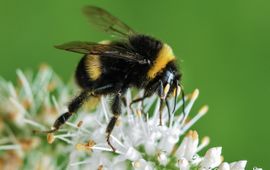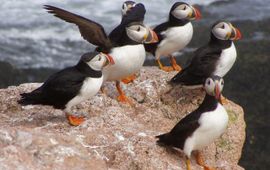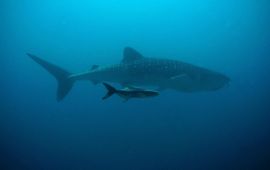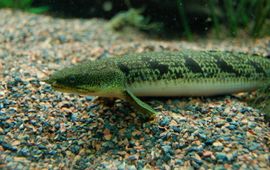Nature reports
Page 62 of 74 - 736 Results

A new study stresses the urgent need to include more species on the EU’s 'List of Invasive Alien Species of Union Concern'. The EU leads the world in legislation to protect the economy and the environment from the threat of..

New research from a team of Florida State University scientists and their collaborators is helping to explain the link between a changing global climate and a dramatic decline in bumble bee populations worldwide. ..

Millions of birders, hunters, fishers and outdoor enthusiasts agree: our great outdoors deserve protection...

Dominant female meerkats use aggression to keep subordinates from breeding, but a new study finds this negative behavior also can result in the latter becoming less willing to help within the group...

If humans are going to stay (semi) permanently on Mars or the moon they will have to grow their own food. The most important ingredients for agriculture are present on both celestial bodies; sand and water (in the form of ice)...

Don't let their appearance fool you: thimble-sized, dappled in cheerful colors and squishy, poison frogs in fact harbor some of the most potent neurotoxins we know. Scientists are now a step closer to resolving a related..

Nature on Sint Eustatius has been heavily affected by hurricane Irma that struck the island in the early morning of Wednesday 6 September. Most visible are the effects on land. During a preliminary nature damage assessment Sint..

Octopuses are usually solitary creatures, but a new site in the waters off the east coast of Australia is the home of up to 15 gloomy octopuses that have been observed communicating - either directly as in den evictions or..

MBARI biological oceanographer John Ryan recently worked with biologists who have been tracking whale sharks in the Eastern Tropical Pacific Ocean. They discovered that whale sharks in this area spend most of their time cruising..

Polypterids are weird and puzzling African fish that have perplexed biologists since they were discovered during Napoleon's expedition to Egypt in the late 1700s...
